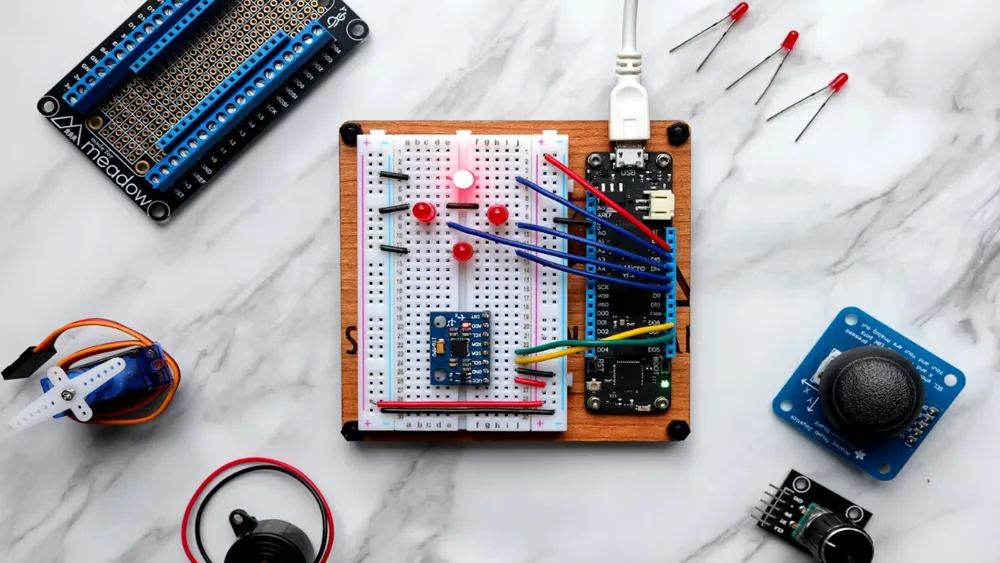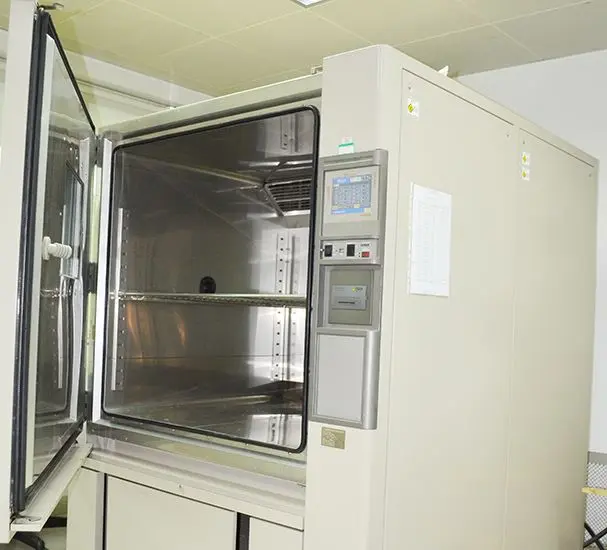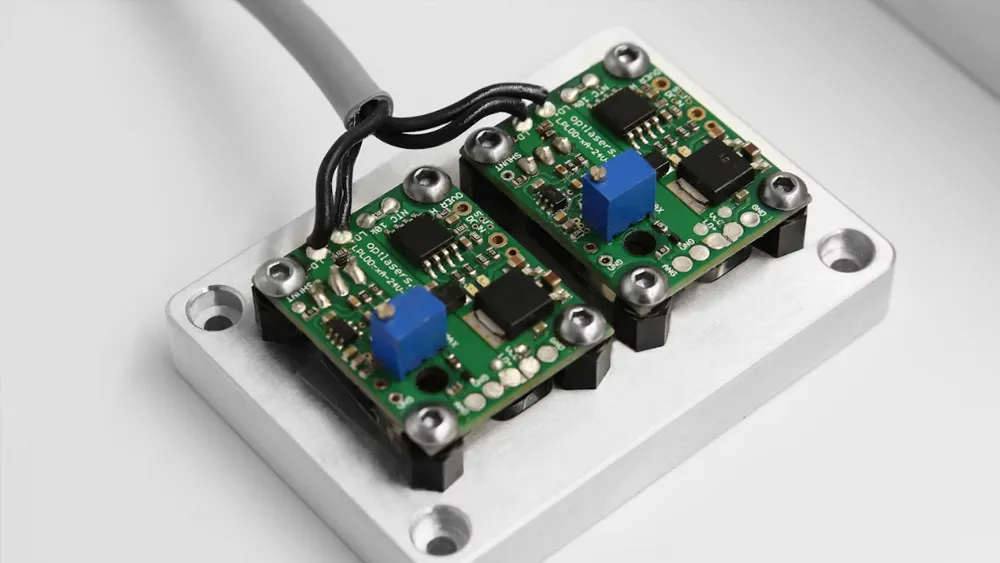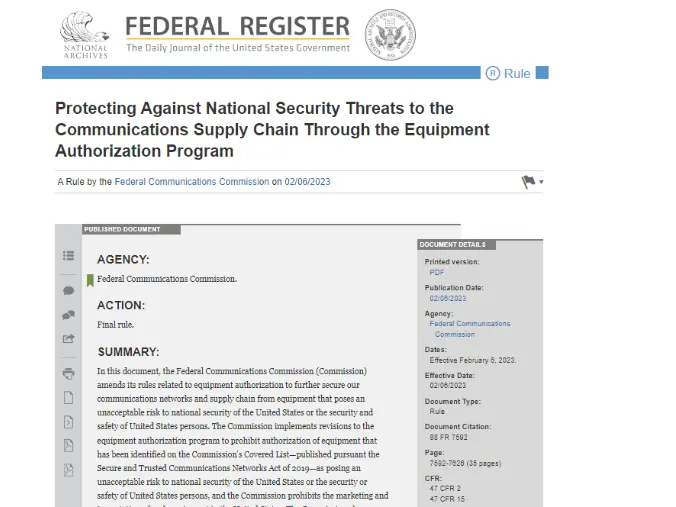
CE-EMC Standards Interpretation
CE-emc certification
The CE-EMC Directive (2014/30/EU) aims to ensure that electrical and electronic equipment can operate properly in an electromagnetic environment without causing interference to other devices or the environment.
The CE-EMC Directive covers a wide range of electrical and electronic equipment, including household appliances, radio and television receivers, industrial manufacturing equipment, mobile radio devices, medical and scientific instruments, information technology equipment, telecommunications networks and equipment, lighting equipment and fluorescent lamps, and electro-educational devices.
The CE-EMC Directive does notapply to components without direct functions, such as resistors, capacitors, coils, rectifiers, and integrated circuits; nor to components with direct functions such as plug-in cards for computer systems, MICroprocessor cards, and elevator controllers.

CE-EMC Standards
General Standards
1. en 61000-6-1 / GB/T 17799.1-1999: Generic EMC standard for immunity testing in residential, commercial, and light-industrial environments.
2. EN 61000-6-2 / GB/T 17799.2-2003: Generic EMC standard for immunity testing in industrial environments.
3. EN 61000-6-3 / GB 17799.3-2012: Generic EMC standard for emissions in residential, commercial, and light-industrial environments.
4. EN 61000-6-4 / GB 17799.4-2012: Generic EMC standard for emissions in industrial environments.
Electromagnetic Interference (EMI) Testing Standards
1. EN 55011: Emission requirements for household appliances, IT equipment, and telecommunications equipment (conducted and radiated disturbances).
2. EN 55013: Emission standard for sound and television broadcast receivers and associated equipment, including power radiation.
3. EN 55014-1: Emission standard for household appliances, power tools, etc., including click noise and power radiation testing.
4. EN 55022: Emission standard for information technology equipment, covering radiated and conducted interference.
5. IEC/EN 61000-3-2: Limits for harmonic current emissions from low-voltage electrical and electronic equipment.
6. IEC/EN 61000-3-3: Limits for voltage fluctuations and flicker in public low-voltage supply systems caused by low-voltage equipment.
Electromagnetic Susceptibility (EMS) Testing Standards
1. EN 61000-4-2: Electrostatic discharge immunity requirements, simULating product performance under ESD.
2. EN 61000-4-3: Radiated RF immunity requirements, testing product stability in RF electromagnetic fields.
3. EN 61000-4-4: Electrical fast transient/burst immunity requirements, testing resistance to rapid pulse disturbances.
4. EN 61000-4-5: Surge immunity requirements, simulating lightning and surge effects on products.
5. EN 61000-4-6: Conducted immunity requirements, evaluating resistance to disturbances conducted via power lines.
6. EN 61000-4-8: Power-frequency magnetic field immunity requirements, testing performance in magnetic field environments.
7. EN 61000-4-11: Voltage dips and short interruption immunity requirements, assessing product performance under such conditions.
Wireless Product Standards
1. ETSI EN 301489-1: General EMC requirements for CE-certified wireless products.
2. ETSI EN 301489-3: Specific EMC requirements for short-range wireless products (e.g., 433.92 MHz wireless doorbells).
3. ETSI EN 301489-7: Specific EMC requirements for wireless products with GSM functionality (e.g., GSM-enabled service robots).
4. ETSI EN 301489-17: General EMC requirements for broadband wireless products (e.g., Bluetooth, Wi-Fi-enabled devices).
5. ETSI EN 300220-1/-2: EMC standards for short-range devices operating at 25–1000 MHz with power below 500 mW.
6. ETSI EN 300330-1/-2: EMC standards for short-range devices operating at 9 kHz–25 MHz (e.g., 13.56 MHz RFID products).
Other Product-Specific Standards
1. EN 55015: EMC requirements for lighting equipment (e.g., desk lamps, downlights, flashlights).
2. EN 61326: EMC requirements for measurement and control instruments.
3. en 55032: EMC requirements for IT equipment, covering computers, power banks, USB fans, etc.
4. EN 55014-2: EMC immunity requirements for household electrical appliances (supplement to EN 55014), focusing on immunity testing.
Email:hello@jjrlab.com
Write your message here and send it to us
 What are ASTM F963 and CPSIA?
What are ASTM F963 and CPSIA?
 Comparison of ASTM F963 and EN 71
Comparison of ASTM F963 and EN 71
 How to get CSA C22.2 NO.256:14 Test Report?
How to get CSA C22.2 NO.256:14 Test Report?
 How much is the ISTA Amazon Packaging & Shippi
How much is the ISTA Amazon Packaging & Shippi
 Amazon Product Laboratory Testing Requirements
Amazon Product Laboratory Testing Requirements
 How to Get EPA Certificatio
How to Get EPA Certificatio
 What is EPA Certification in the United States?
What is EPA Certification in the United States?
 What is an FCC Registered Agent?
What is an FCC Registered Agent?
Leave us a message
24-hour online customer service at any time to respond, so that you worry!




